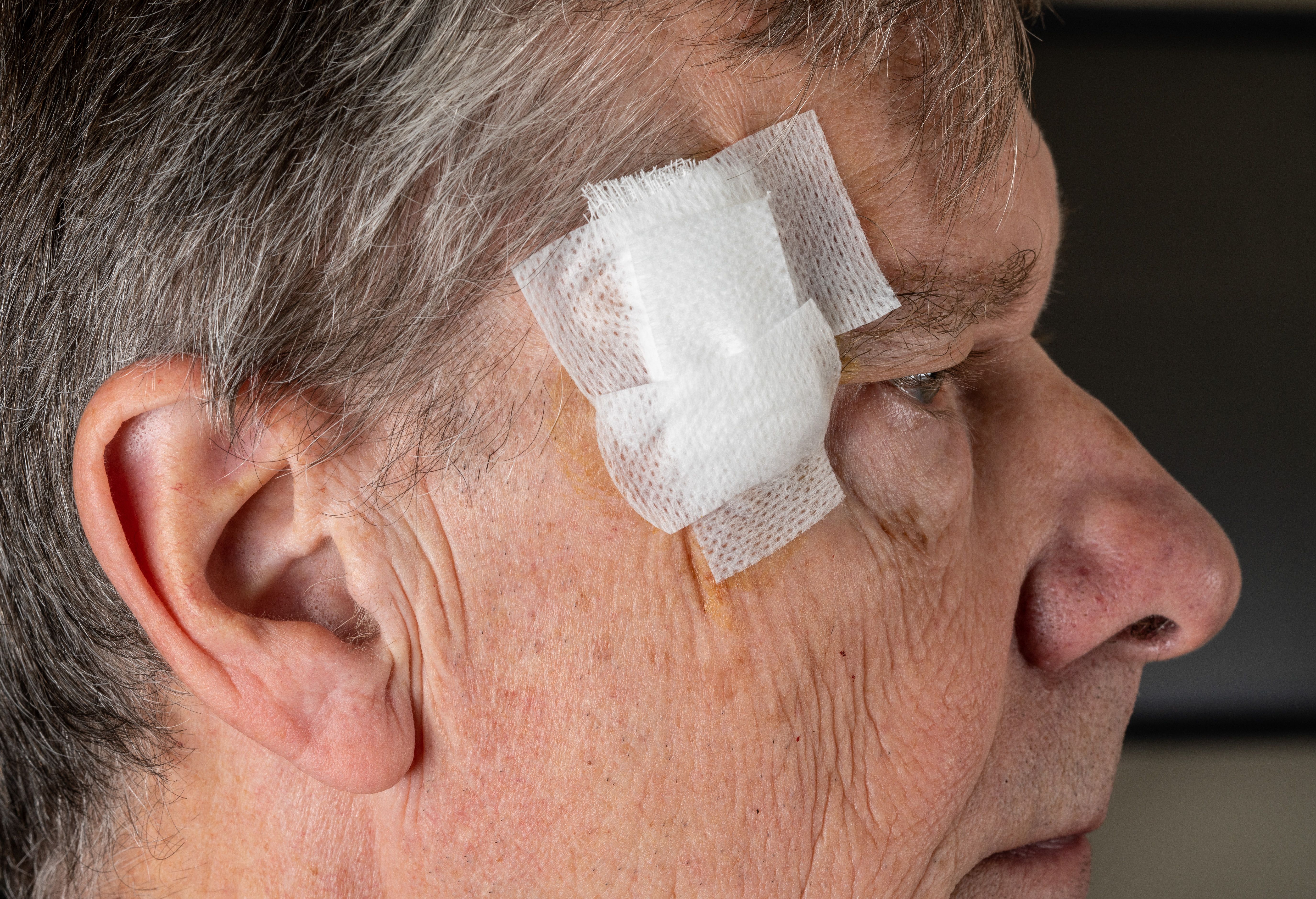- Case-Based Roundtable
- General Dermatology
- Eczema
- Chronic Hand Eczema
- Alopecia
- Aesthetics
- Vitiligo
- COVID-19
- Actinic Keratosis
- Precision Medicine and Biologics
- Rare Disease
- Wound Care
- Rosacea
- Psoriasis
- Psoriatic Arthritis
- Atopic Dermatitis
- Melasma
- NP and PA
- Skin Cancer
- Hidradenitis Suppurativa
- Drug Watch
- Pigmentary Disorders
- Acne
- Pediatric Dermatology
- Practice Management
- Prurigo Nodularis
- Buy-and-Bill
News
Article
Sunscreen Use Among Cyclists Falls Short
Author(s):
Key Takeaways
- Cycling provides health benefits but involves UV exposure risks, necessitating effective sun protection strategies to prevent skin cancer.
- Sunscreen use among cyclists is inadequate, with significant gender and racial disparities, particularly among men and Black individuals.
A recent study found sunscreen use is higher among women but often not reapplied properly.
Cycling is an accessible sport that offers physical and mental health benefits. Studies indicate that regular cycling is associated with lower mortality rates and contributes to longevity, improved quality of life, socialization, and sustainable mobility.1 However, as with any outdoor activity, cycling also involves prolonged exposure to ultraviolet (UV) radiation, which has been linked to skin cancer and other dermatological conditions.2
Sun Protection Awareness and Usage
Despite the risks associated with UV exposure, sunscreen use remains inadequate. A 2022 Brazilian study reported that 71% of Brazilians do not use daily sun protection, and only 12% wear clothing designed for sun protection.3 Similarly, a US study found that only 49.5% of participants used sunscreen when exposed to high radiation levels.4 "Most cases of melanoma can be prevented by reducing sun exposure and taking measures such as using broad-spectrum sunscreen with SPF 30 or higher," a recent study stated.5
Wearable technologies and mobile applications are emerging as tools to raise awareness about sun protection habits among athletes. However, the study noted limited data exists on the sun protection habits of cyclists, particularly in Brazil.5
Study Methodology
An analytical cross-sectional study was conducted with cycling athletes as the target population. Participants, recruited via social media, completed an online questionnaire covering demographics, cycling habits, sun exposure, and protection behaviors.
The study sample consisted of 379 cyclists aged 18 to 76 years (SD = 13.42), of whom 69.7% were men and 30.3% were women. Most participants (65.7%) identified as White, and 30.3% reported high skin sensitivity to sun exposure. A history of skin cancer was reported by 7.4% of respondents.
Findings on Sun Protection Practices
Among the participants, 67.3% reported using sunscreen, 75.5% wore sunglasses, and 49.3% wore long-sleeved shirts while cycling. Researchers found women were significantly more likely to use sunscreen (88.7%) compared to men (89.5% did not use sunscreen). Sunscreen usage was highest among Asian (83.3%) and White (73.5%) participants. The most common sunscreen application areas were found to be the face (75.2%), ears (43.4%), and arms (31.1%).
Sunburn incidence was reported by 17% of participants, with higher occurrences in White and Asian cyclists (21%) compared to Mixed Race and Black cyclists (9%). Importantly, researchers found 45.4% of sunscreen users applied it only once per day, which does not provide full-day protection. "Sunscreen should be reapplied every 2 hours when outdoors, as it is lost through sweating," stated the American Academy of Dermatology.6
Gender and Racial Disparities in Sun Protection
The study found that men and Black cyclists were less likely to use sunscreen, with men being generally less likely to use skincare products, and Black individuals often receiving less information on sun protection from dermatologists. Researchers said this trend is concerning, as men have a higher likelihood of developing skin cancer and experiencing immunosuppression from UV radiation.
A study from New Orleans found that men were 20% less likely to use sunscreen than women.7 Furthermore, research indicates that men are more likely to adopt sun protection measures when informed about skin cancer risks and when products are formulated for their skin type.8
Cycling Duration and Sun Exposure
Researchers stated a critical finding was that one-third of cyclists who rode more than 7 hours per week did not apply sunscreen, making them highly vulnerable to UV damage. Studies on outdoor athletes, including marathon runners, indicate an increased risk of melanoma due to prolonged sun exposure. Chronic sun exposure accelerates skin aging and increases the risk of mutations in keratinocytes and melanocytes, leading to potential malignancies.
The Role of Education and Technology
The study concluded that educational campaigns about sun exposure risks should be incorporated into cycling events and promoted by cycling organizations. Researchers suggested that apps frequently used by cyclists could serve as platforms for sun protection awareness, providing guidelines on sunscreen application frequency and the importance of physical barriers like long-sleeved shirts and sunglasses.
Conclusion
The study highlights inadequate sun protection habits among cyclists, particularly among men and Black individuals. It underscores the need for increased awareness, targeted educational interventions, and the integration of sun protection recommendations into widely used fitness applications. Given the significant time cyclists spend outdoors, adopting effective sun protection strategies is essential to reducing long-term skin damage and skin cancer risk.
References
- Logan G, Somers C, Baker G, et al. Benefits, risks, barriers, and facilitators to cycling: a narrative review. Front Sports Act Living.2023;5:1168357. doi:10.3389/fspor.2023.1168357
- Lindqvist PG, Epstein E, Landin-Olsson M. Sun exposure - hazards and benefits. Anticancer Res. 2022;42(4):1671-1677. doi:10.21873/anticanres.15644
- Portilho L. Instituto de Cosmeotologia. 2022.
- Patlola M, Shah AA, Stead T, et al. Sunscreen use amongst US adults: a national survey. Arch Dermatol Res. 2023;315(7):2137-2138. doi:10.1007/s00403-023-02603-8
- de Freitas EM, Purim KSM. Sun protection used by cyclists in southern Brazil. J Cosmet Dermatol. 2025;24(2):e70049. doi:10.1111/jocd.70049
- Sunscreen FAQs. American Academy of Dermatology Sunscreen. 2023. https://www.aad.org/media/stats-sunscreen
- Song H, Beckles A, Salian P, Porter ML. Sunscreen recommendations for patients with skin of color in the popular press and in the dermatology clinic. Int J Womens Dermatol. 2020;7(2):165-170. doi:10.1016/j.ijwd.2020.10.008
- McCollam G, McDaniel K, Beer J, et al. The prevalence of sunscreen use: A cohort study. J Drugs Dermatol. 2023;22(5):511-513. doi:10.36849/JDD.7201






